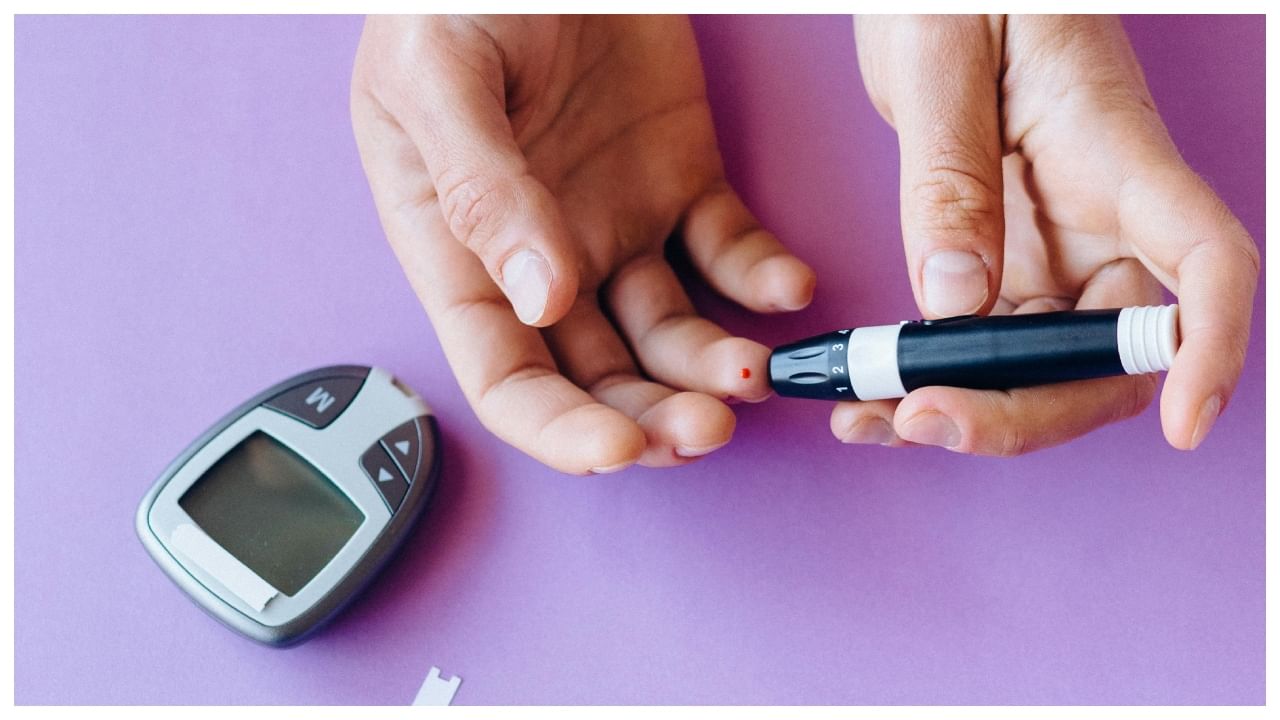New Delhi: The management of older adults with type 2 diabetes is unique due to the presence of multiple health conditions, reduced life expectancy, and an increased risk of adverse treatment effects. Elderly individuals are particularly vulnerable to falls, fractures, and hospitalisations, all of which are closely linked to their frailty level. Therefore, assessing frailty should be a routine component of diabetes management in older adults. Glycaemic targets and medication choices should be adjusted based on frailty rather than just age, as frailty is a stronger determinant of health outcomes in elderly individuals with diabetes.
In an interaction with TV9 English, Dr. Uthra, Senior Consultant, Dr. Mohan’s Diabetes Specialities Centre, Chennai, explained how diabetes can be managed in the elderly.
Diabetes and frailty share a complex, bidirectional relationship. Frailty is associated with an increased risk of developing diabetes in older adults. Additionally, frailty itself is an independent risk factor for hospitalisation, morbidity, and mortality in individuals with type 2 diabetes. Conversely, diabetes contributes to the progression of frailty, increasing the likelihood of transitioning to more severe frailty levels. The complications of diabetes, particularly vascular damage and malnutrition, accelerate functional decline in frail older adults, further worsening their overall health.
Several biological mechanisms contribute to the connection between frailty and diabetes, with sarcopenia, or muscle loss, being one of the most significant. Sarcopenia is a key factor that influences the prognosis of elderly individuals, making its management critical in addressing both diabetes and frailty.
Tackling the Dual Epidemic of Frailty and Diabetes
- Assess: Doctors are advised to evaluate the level of functional dependency and frailty in addition to traditional diabetes complications such as microvascular and macrovascular diseases. This ensures a more comprehensive approach to patient care.
- Individualise: Based on the assessment, personalise glycaemic targets must be set. In frail older adults, aggressive glucose control may not always be necessary. Adjusting thresholds appropriately helps prevent complications arising from overtreatment or undertreatment.
- Avoid: In cognitively impaired individuals, it is advised to focus on preventing severe hyperglycaemia and hypoglycaemia. Advanced glucose-monitoring tools such as Continuous Glucose Monitoring (CGM) and Ambulatory Glucose Profiles (AGP) are utilised to maintain stable blood glucose levels and avoid unnecessary fluctuations. Anti-hyperglycemic therapies must then be carefully tailored, tailoring medications, diet plans, and exercise regimens to suit each patient’s condition. The focus is on ensuring a holistic, patient-centric approach that enhances both diabetes control and overall well-being.
Conclusion
Frailty and diabetes create a challenging cycle that negatively impacts the health of older adults. Addressing this dual burden requires an integrated approach that prioritises individualised care. By assessing frailty, adjusting treatment strategies, and selecting appropriate therapies, we can improve health outcomes and enhance the quality of life for elderly individuals with diabetes.
